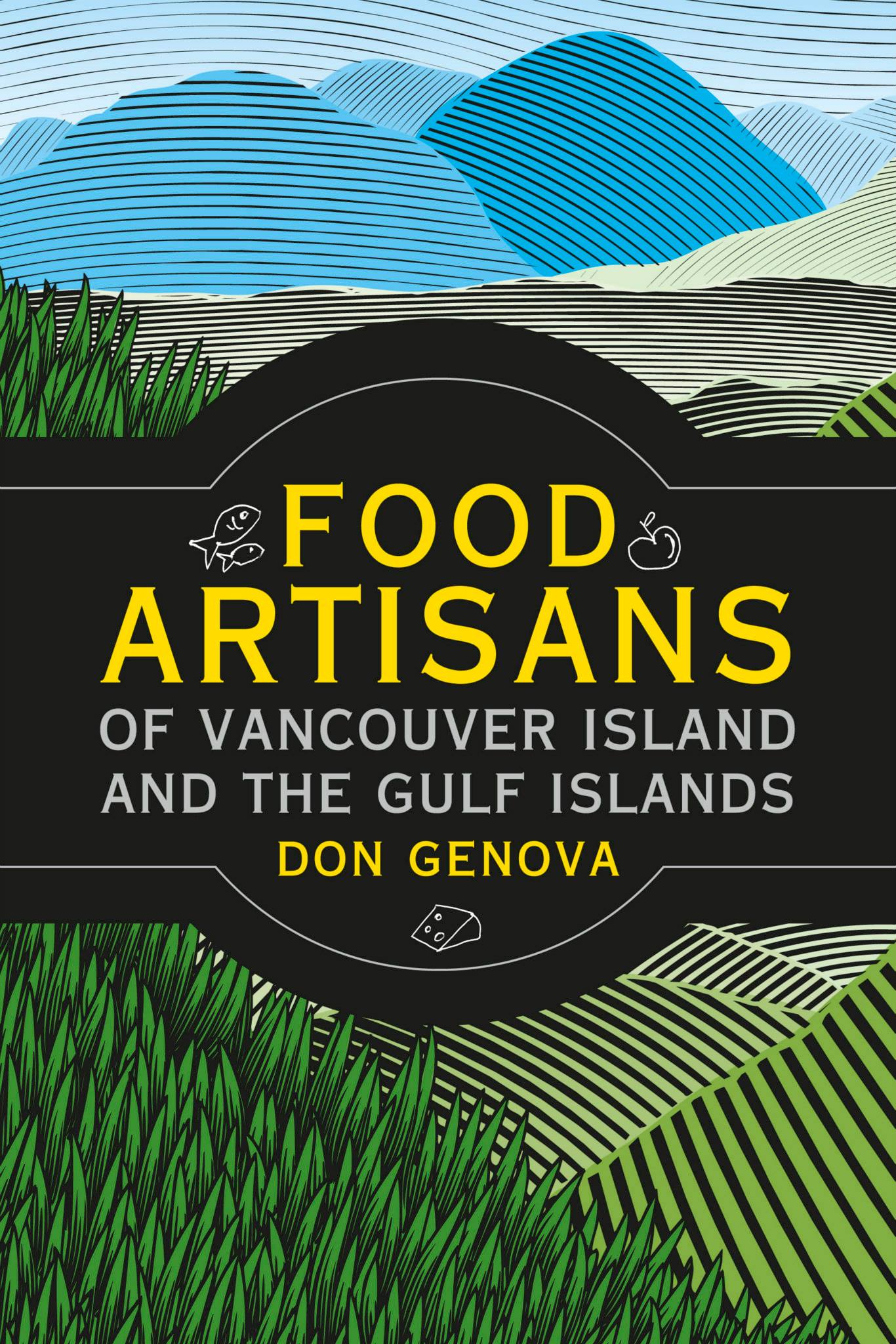
Persimmon on my backyard tree
When I started our Food Matters column a few weeks ago on All Points West, I asked listeners to take part by sending us questions and story suggestions about living a sustainable food life, and you responded. I was particularly struck by one of the first questions that came in from Ninon St. Denis of Royston: “Firstly, who says something is actually sustainable… many company presidents, it seems, claim that their food, meat, or fish are sustainable. Who defines it as such?”
It’s an excellent question…but I can’t say that I have a crystal clear answer to who defines what is sustainable. It can depend on what kind of food you are talking about or even the industry to which the word has been attached. One company I contacted that distributes organic and fair trade food products told me sustainability is measured more by your heart than your head, and when I asked if they thought organic foods are sustainable the answer was, ‘they are more sustainable’ than non-organic foods.
I had more luck with The David Suzuki Foundation. I got in touch with Jodi Garwood at the Foundation, who is one of the people behind a new webpage at the Foundation called ‘Eat For Healthy Oceans’. Jody told me the definition of sustainability the Suzuki Foundation has used before comes from the United Nations World Commission on Environment and Development back in 1987: Sustainability is “meeting the needs of the present generations without compromising the ability of future generations to meet their needs.”
She went on to quote the Sustainability within a Generation document on their website:
“Sustainability means living within the Earth’s limits. In a sustainable future, no Canadian would think twice about going outside for a walk or drinking a glass of tap water. Food would be free from pesticide residues, antibiotics, and growth hormones. Air, water, and soil would be uncontaminated by toxic substances. In a sustainable future, it would be safe to swim in every Canadian river and lake; safe to eat fish wherever they were caught. Clean, renewable energy would be generated by harnessing the sun, the wind, water, and heat of the Earth.”
Those are nice mission statements, but they don’t really sound like a way to measure anything…so I’m searching for something that is a little more measurable. Funny how when you start paying attention to something it pops up all over. This week I received press releases from a company in Costa Rica called Cayuga Sustainable Hospitality, and a South African wine brochure in which all the wines are accredited as Integrated Production Wine, a ‘voluntary’ sustainability program that assures buyers that grape and wine production is undertaken with due consideration of the environment. In the case of Cayuga Sustainable Hospitality, it runs a series of resorts and eco-lodges that operate under certificates of Sustainable Tourism granted by the Costa Rican Tourism Board and there are five different levels of sustainability a company can achieve, so in this case there are strict standards they have to meet. The concept extends to the restaurants at the resorts that serve locally produced foods. They also have operating standards, for example, that see food scraps and peelings from both guest and staff kitchens being fed to pigs; their manure creates methane gas to fuel the staff kitchen stove.
Closer to home, there is The Global Aquaculture Performance Index (GAPI), which was developed by Dr. John Volpe and the Seafood Ecology Research Group right here at the University of Victoria. This index measures many different factors involved in producing farmed fin fish in different countries around the world and makes comparisons as to which country is doing it in the most sustainable fashion. So the index looks at what’s necessary to produce the fish in the form of how they are fed, the amount and type of energy used in the infrastructure, any pollutants or discharges to the environment and levels of escapement. I’m simplifying it a lot, but Canada scores better than the world average on the index when it comes to fin fish aquaculture of all types, a little worse than average if you are only looking at Canada’s Atlantic salmon production.
The GAPI is a little complicated, so the question is, how can the average consumer be assured of real sustainability when they are shopping for food products?
From an environmental sustainability side you can start by shopping organic because harmful pesticides or chemicals are not used in production…from an ethical and profitable point of view, think about buying fair trade…part of being sustainable also means making a profit, and certified fair trade products try to make sure the farmer is getting enough return on their investment to be profitable. On the seafood side there are now several different agencies you can visit online, or via a wallet-sized card to help you make sustainable seafood choices. There’s Oceanwise, and Seachoice, for example, as well as the Marine Stewardship Council. Do they all differ in their approach to determining what is sustainable? Probably. Do some homework, read about how they measure sustainability and send them questions.



Thank you for addressing the ‘sustainable’ question? It is important to make the purchasers aware… of the ‘marketing’ power of the ‘word’ without the necessary proof or back up by a professional body.